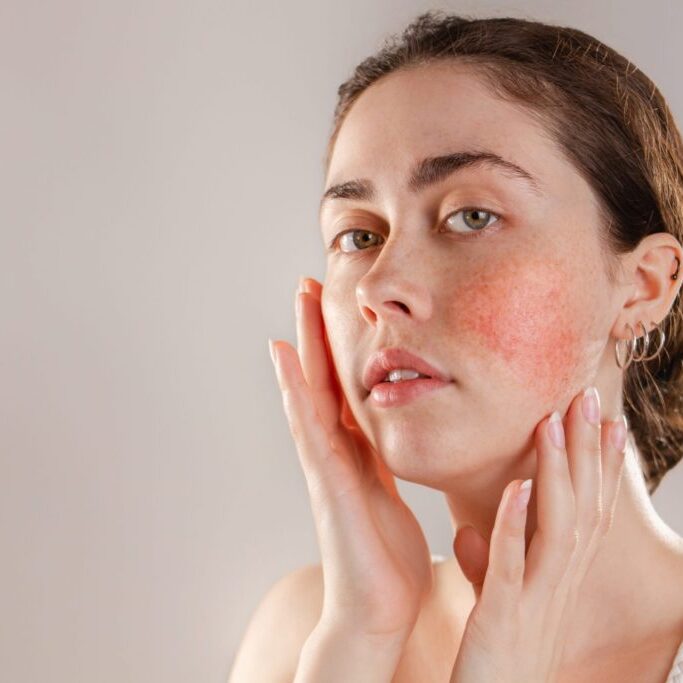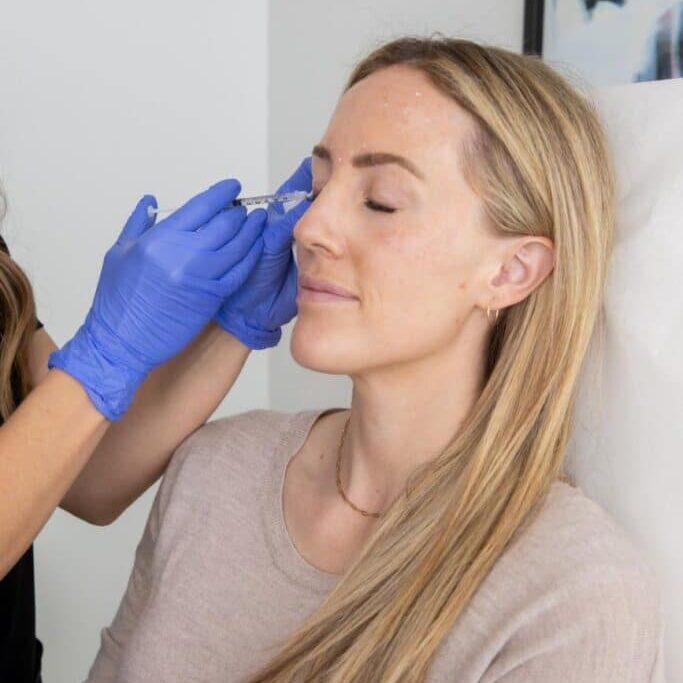
What Is Melanoma? How Can It Be Treated?
It can be very distressing and upsetting when you notice abnormalities on your skin, but it is crucial to be aware of the changes you’re experiencing. Such changes can be potentially cancerous and could seriously threaten your health. However, being cognizant and responsive to changes you may notice on your skin will lead to earlier detection which will help avoid more serious complications should a melanoma skin cancer arise.
Our skin is the largest organ in our body. It protects us from heat, sunlight, injury, and many forms of infection. Unfortunately, too much exposure to sunlight may cause damage and destruction to your skin and, even worse, increases your risk of developing various forms of skin cancer. One of the less common types of skin cancer is Melanoma. Melanoma is often one of the more severe kinds of skin cancer, in which abnormal growth and reproduction of melanocytes (cells responsible for the production of melanin, the pigment in our skin) occurs.
Are you afraid that you may have this skin condition? Read more about Melanoma if you would how melanoma is treated and addressed.About Melanoma
According to recent studies, the number of melanoma cases has been growing enormously, especially in the United States, where about 50,000 new cases are diagnosed every year. It is most predominantly in adults but may also affect children and adolescents.In medical terms, Melanoma is also known as “malignant melanoma”. It is a cancer where melanocytes grow and divide and, over time, may spread throughout the body. A melanoma may grow in an existing mole, or more commonly, may appear all by itself.
Too much sun exposure, sunlamps, and tanning beds may escalate the risk of having melanoma. So restricting UV radiation exposure and protecting the skin from the sun may help lessen the risk of having one.What are the signs that you may have Melanoma?
Melanoma can occur in every area of your body, but they most frequently develop on the back, legs, arms, and face. The early signs and symptoms of Melanoma are:- A change in the appearance of one of your current moles.
- The formation of a new and changing lesion or spot on your skin.
- Look for changes as described by the ABCDE checklist.
Who has greater risk of Melanoma disease?
- People who have light skin are more highly at risk. There is greater risk in people with white or fair complexion. We believe this is because they are more prone to sun damage. Fair skin or Caucasian people are 20 times more likely to get melanoma than black or darkly pigmented individuals.
- People with a family history of Melanoma. Genetics can play a crucial role. You have a greater risk of getting Melanoma if your family has a history of them.
- People with a weak immune system. Our immune system is responsible for fighting cancer cells, including melanoma. Some studies have shown that people with a weakened or suppressed immune system from another health condition, or certain medication use, are at greater risk.
- Older people have a higher risk. As you grow older, the risk of Melanoma rises. But being young does not guarantee that you will not develop one. Melanoma routinely occurs in young people.
- Males have a greater risk. While the precise reason for this is not known, a variety of factors are likely at play. Be careful men!
Conclusion:
Although Melanoma can be dangerous and can cause death, when diagnosed and detected early can save your life. And remember, Melanoma can be treated. It all depends on how progressed cancer.Get to know your spots and have them evaluated by a dermatologist! If you are noticing any concerning changes come see us here at Smart Skin Dermatology. Contact us today!






